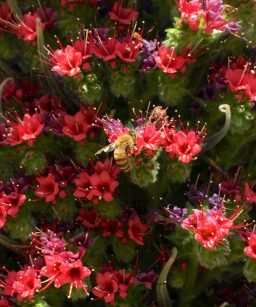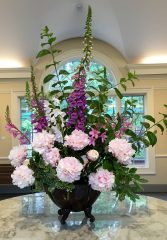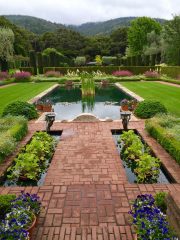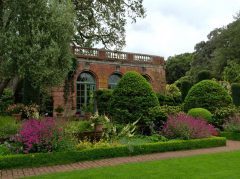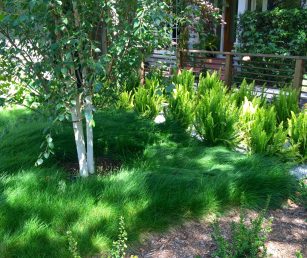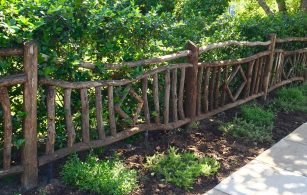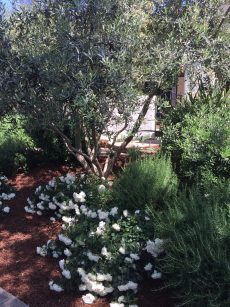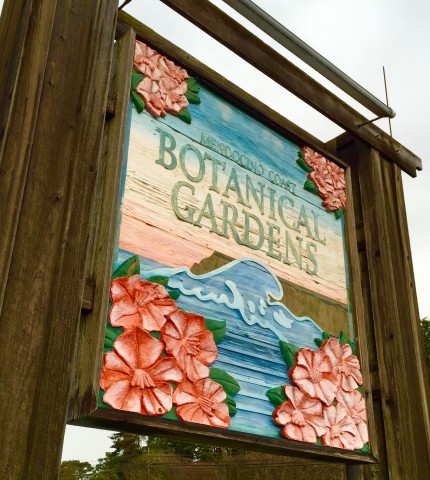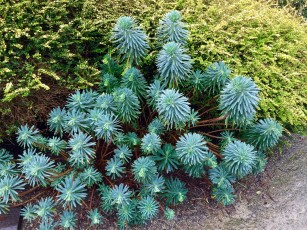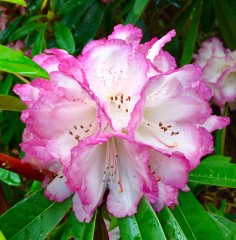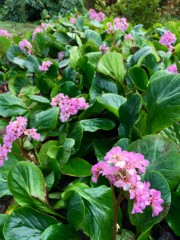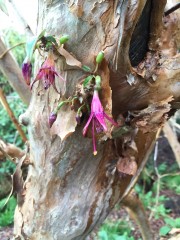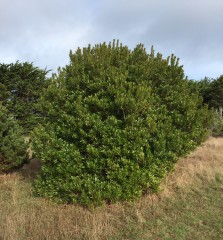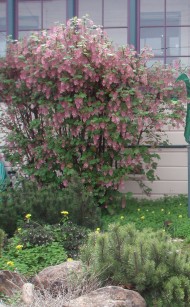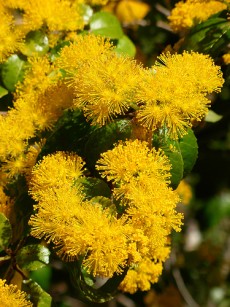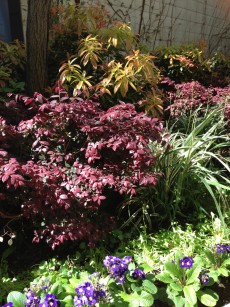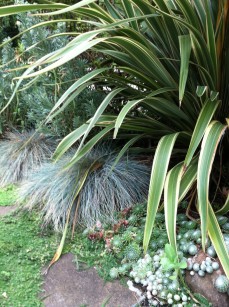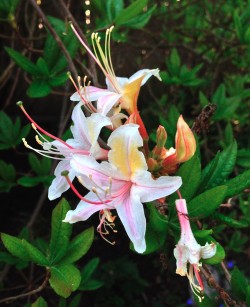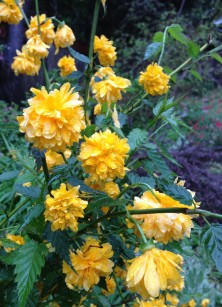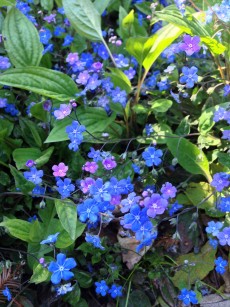Tired of seeing the same plants in your garden and everywhere else? Feel like changing things up a bit? With this question in mind I?ve turned to my fellow landscape designers to see what plants they are using these days so that every garden they design doesn?t look the same. You can have too much of a good thing.
One thing I know for sure is that I don?t want to recommend a plant that hasn?t been shown to be a reliable grower in a variety of conditions. Sometimes the latest and greatest plant introduction turns out to be a dud. Other times a new cultivar of an old favorite hits a home run. Here are some oldies but goodies and new plants to add to your garden.
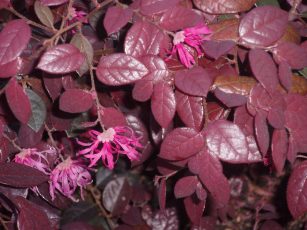
Loropetalum ?Jazz Hands? is getting the nod from everyone who?s grown it. If you love the deer tolerance, low maintenance. moderate watering and toughness of regular Chinese Fringe Flower this showy dwarf variety is even easier to grow. Staying low and tidy Jazz Hands Dwarf Pink has cool purple foliage with a cranberry undercurrent and hot pink blooms. It looks great combined with Jazz Hands Dwarf White. Local wholesale nurseries are growing it so it?s readily available.
Speaking of local sources for plants, we live in one of the prime growing areas for landscape plants. I recently learned that one of my favorite plants Canyon Snow Pacific coast iris is going through a difficult time. Seems it?s become less vigorous than the other colors in the Canyon series and the growers are working to improve their stock. We need to count on a plant?s performance. There?s enough other issues to deal with in our gardens without starting with a wimpy plant.

Rockrose have always been favorites in the low water use garden. There?s one with a low, mounding habit that hugs the ground and creates a super colorful accent to the sunny garden. With brilliant gold leaves splashed in the center with green this variegated cistus hybridus called ?Mickie? is hardy in winter, grows only 14-18 inches tall and spreads to about 2 feet wide. Perfect for containers or smaller gardens.
If you like to include California native plants in your garden Woolly Blue Curls or trichostema lanatum has been shown to be reliable in the garden if given full sun, good drainage and little fertilizer or amendment. Group similar plants and forget about them. They bloom from late spring through summer and make a good cut flower. Another common name for this plant is Romero or California Rosemary which dates back to the Portola expedition in 1769.
If you want to make a big splash in your garden or container try growing Salvia ?Amistad? or Friendship Sage. With fast growth in the warm months to 4 or 5 feet tall, the rich royal purple flowers attract hummingbirds and butterflies to the garden. It will grow in light shade with medium water requirements and remain evergreen in warmer parts of your garden.
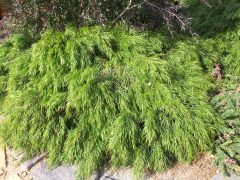
Acacia ?Cousin Itt? continues to be a favorite for many of us. This lovely small plant with emerald green, feathery foliage that stays small in the garden and has low water needs. Not to be confused with the bully acacia tree seen around here, it?s one of the good guys. Plant in full sun to partial shade.
So if you?re in the mood to add a couple of interesting plants to your garden, take a tip from what landscape designers use or grow in their own gardens.

